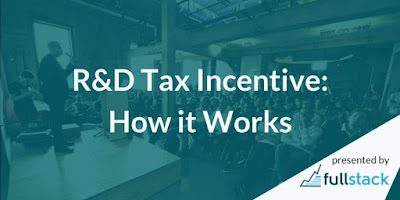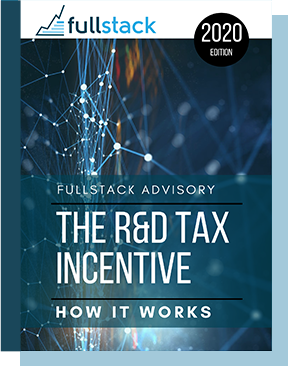The problem is that many entrepreneurs equate financial modelling with their company's financial analysis, which is attached to their five-year plan. One of the most common reasons for refraining from financial models is the belief that they are useless, because predicting the future is too difficult and the resulting figures are always wrong.
When a company wants to launch a new product, expand its services, or refinance its loans, financial modelling can help make the decision - by providing a data-driven solution. In this case, the first step in creating a financial model is to estimate turnover growth by taking certain measures and taking into account all possible events.
 |
| Financial Modelling |
One of the applications of financial modelling can be the company valuation, which determines the fair value of a company, or the business model report.
If you are using a particular financial model to evaluate your business, be sure to read how to build a DCF model DCF Model Training. Financial modelling involves combining key accounting, financial and business metrics to create a business model of a company's financial performance, such as its financial results, profits, cash flow, revenues, profits, etc.
It is simply a tool that serves to predict the future financial performance of the company. In financial modelling, involves preparing detailed companies - specific models that are then used to make decisions and perform financial analyses.
Other types of financial modelling include the discounted cash flow model used to value an enterprise and the budget model that is helpful in creating the company budget. Such formulas are used in financial modelling courses that are part of the Financial Modelling for Business Growth (FMBG) course at Harvard Business School.
If you would like to make assumptions about the future of your business and learn more about financial modelling, please contact us. If you have been doing business for a long time or just want to start a business, you can grow if you understand the financial modelling courses.
We hope that you are aware of what financial modelling is and how it is carried out, and find out how to build a financial model and make effective forecasts.
Use the different scenarios tested in our Financial Modelling Course and make clear financial decisions for business growth. If you are looking for Excel rating templates to use and understand your business, e-Financial Models is for you. The best financial model templates to get into Excel, which allows you to make the best decisions.
You will find a lot of great financial models, such as the business sales and business financing model, that will help you with all aspects of financial modelling in your start-up. We'll show you some of the most popular business models on the market, as well as some tips and tricks to help you do that.
We will show you how to do it, but also a few tips, tricks and tips on the business model. You can also get help from the Xero accountants for the better results.
This process will teach you how to understand your business and build a financial model that accurately represents it, including modelling growth, spending, user wear and tear, and best practices for financial modelling. Financial modelling helps you create financial models, and that is why we are so pleased to present one of them in our intro to the financial modelling course.
Financial modelling can benefit small businesses and startups by providing an outlook on specific business conditions, improving decision-making, enabling you to determine where your business can scale successfully, and maximizing the opportunities for profitability. A sound financial model can give a company a better chance of success than any other small business that relies solely on forecasts.



